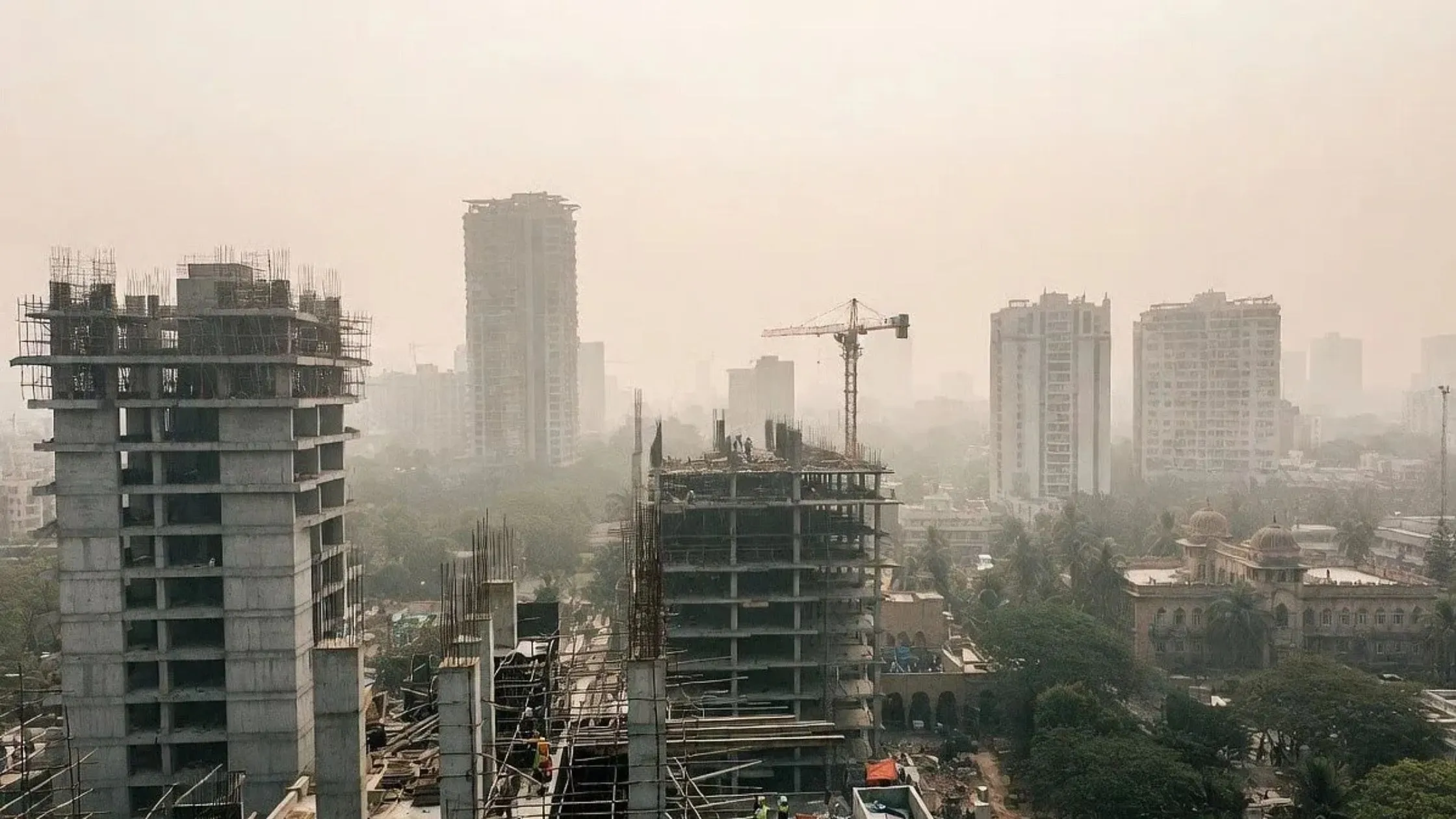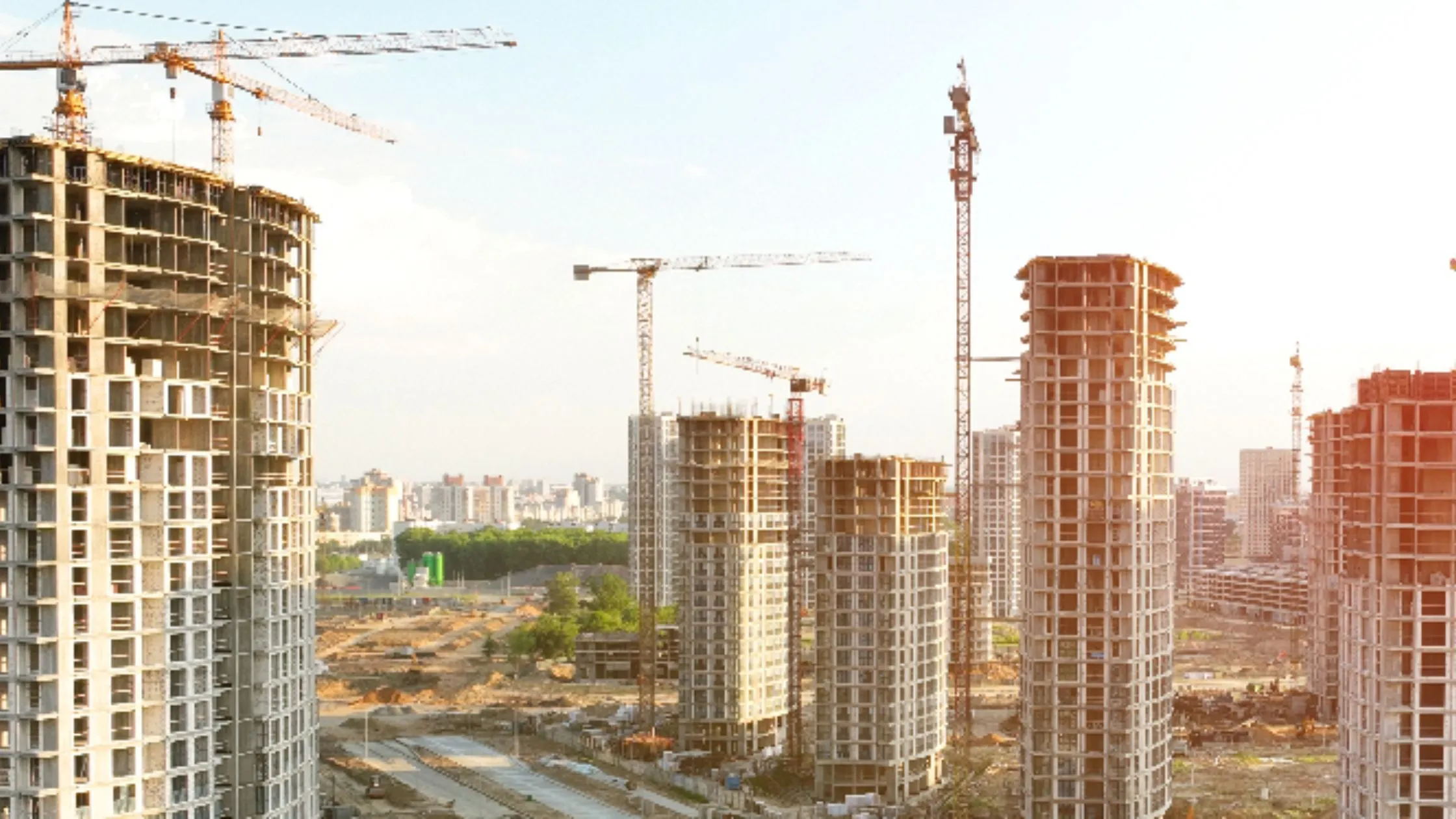Table of Content
In a landmark decision aimed at making homeownership more affordable, Haryana abolishes stamp duty on purchase of plots, giving a significant boost to lower-income groups and first-time homebuyers. Announced by Chief Minister Nayab Saini, the policy eliminates stamp duty on small residential plots and is expected to positively impact both urban and rural housing markets.
This move aligns with the government’s commitment to affordable housing and transparent property transactions. Let’s explore what this decision means for citizens, its broader implications on real estate, and why it has generated political debate.
Zero Stamp Duty: Who Benefits and How?
Under the new policy:
- Urban areas: Residential plots up to 50 square yards will have zero stamp duty.
- Rural areas: Residential plots up to 100 square yards will also enjoy zero stamp duty.
The abolition is applicable immediately and covers properties bought under major housing schemes like the Pradhan Mantri Awas Yojana (PMAY), Mukhyamantri Shehri Awas Yojana, and Mukhyamantri Gramin Awas Yojana.
This is a welcome relief for economically weaker sections, small traders, farmers, and middle-income groups who often struggle with additional registration costs while buying homes.
Also Read: Ashiana Housing Acquires 23 Acres of Land in Chennai, Eyes ₹1,200 Crore Revenue
Why Did the Haryana Government Take This Step?
The announcement comes amid political debate over revised collector rates in the state. Opposition parties have claimed that increased collector rates have made property unaffordable for the common man.
Responding to these claims, Chief Minister Nayab Saini explained that the revision was data-driven and transparent, relying on actual market data instead of arbitrary hikes. He further emphasized that the aim of abolishing stamp duty for small plots is to provide financial relief to those most impacted by rising property costs.
According to government data:
- Collector rates were increased by only 10% in 72% of the state’s 2,46,812 segments.
- Even in areas with significant differences between market and registry values, the hike was capped at 50%.
Impact on Housing Schemes and Affordable Housing
The abolition of stamp duty is expected to encourage more registrations under state and central affordable housing schemes. Many homebuyers hesitate to register properties legally due to the additional burden of stamp duty. Eliminating this cost could lead to:
- Increased formal registrations: This ensures ownership security and reduces disputes.
- Boost to affordable housing demand: Developers in both urban and rural areas may see an uptick in demand for smaller plots.
- Financial relief: Families purchasing under PMAY and similar schemes can save several thousand rupees in registration fees.
This move aligns with Haryana’s vision of “Housing for All” and complements the central government’s efforts to increase affordable housing stock across the country.
Collector Rates: Political and Historical Context
Collector rates represent the minimum value at which a property can be registered. Registration fees and stamp duties are calculated based on these rates. Critics argue that any hike in collector rates directly increases homebuyers’ costs.
However, Saini pointed out that under the current BJP government (2014–2025), collector rates have risen by an average of 9.69%, compared to 25.11% during the Congress government (2004–2014). He also alleged that previous governments arbitrarily increased rates, often favoring builders and land mafias.
Historical data shows:
- Faridabad saw collector rates rise by 300% in 2008 and 220% in 2011–12.
- Karnal recorded hikes of 220% in 2012–13.
- Mahendragarh experienced a 100% rise in 2010–11 and 2011–12.
- Jhajjar saw increases of 109% in 2007–08.
By contrast, the current government claims to follow a rational formula based on analyzing market transactions.
Market and Economic Implications
Industry experts believe the decision to abolish stamp duty on smaller plots will have several positive implications for the real estate sector:
- Encouraging transparent transactions: By reducing incentives for under-reporting property values, the move could curb black money circulation in real estate.
- Improved affordability: For many lower-income families, the elimination of stamp duty can make the difference between being able to purchase a home or not.
- Boosting rural housing: Rural areas with 100 sq yard plots will particularly benefit, supporting the government’s rural development initiatives.
- Stimulating construction activity: Increased demand for small plots could encourage developers to launch more affordable housing projects.
According to real estate analysts, Haryana’s housing market may witness a surge in demand for smaller residential units in the coming quarters as this policy takes effect.
Also Read: Chennai Property Tax Online Payment: How to Calculate & Pay Online (Complete Guide)
Expert Opinions
Real estate experts have welcomed the move. According to housing policy analyst Anuj Sharma, “The decision is a game-changer for affordable housing in Haryana. By eliminating stamp duty, the government is not just reducing transaction costs but also promoting formal property ownership, which is crucial for long-term economic development.”
Another property consultant, Ritu Gupta, added, “The zero-stamp-duty initiative will encourage legal registrations, reduce benami transactions, and benefit thousands of first-time homebuyers in both urban and rural regions.”
Conclusion
The decision to abolish stamp duty on small plots marks a major milestone in Haryana’s affordable housing journey. It reflects the government’s intent to prioritize citizen welfare, promote transparency, and encourage legal property ownership.
As Haryana abolishes stamp duty on purchase of plots, the policy is expected to have a lasting positive impact on the housing market. It not only makes homeownership more affordable for thousands of families but also strengthens the real estate sector by promoting formal and transparent transactions.
If implemented effectively, this initiative could serve as a model for other states looking to boost affordable housing and reduce black money in property transactions.




_1766473246.webp)


Ans 1. Haryana has abolished stamp duty on residential plots up to 50 sq yards in urban areas and up to 100 sq yards in rural areas to make homeownership more affordable.
Ans 2. Economically weaker sections, first-time buyers, small traders, farmers, and middle-income families purchasing small residential plots will benefit the most.
Ans 3. The policy is effective immediately and applies to properties bought under schemes like PMAY, Mukhyamantri Shehri Awas Yojana, and Mukhyamantri Gramin Awas Yojana.
Ans 4. The government wants to ease the financial burden on lower-income buyers and counter claims that rising collector rates have made homes unaffordable.
Ans 5. It encourages legal registrations, boosts demand for affordable plots, and provides financial relief to families buying under state and central housing schemes.
Ans 6. Collector rates are the minimum property registration values. Critics say hikes raise costs; the government argues its increases have been rational and lower than past governments.
Ans 7. Experts believe it will improve affordability, increase rural housing demand, reduce unregistered transactions, and stimulate construction activity.
Ans 8. Industry analysts have welcomed the move, calling it a game-changer for affordable housing that promotes transparency and legal property ownership.